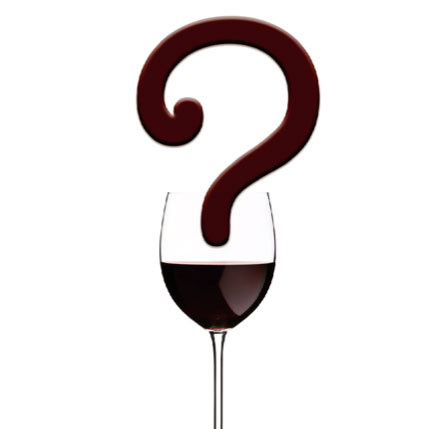High Alcohol Wine
Q: I picked up 500 lbs. (227 kg) of Syrah from Paso Robles, California. I was told the Brix was 26.2 at 52 °F (11 °C). After bringing the grapes home and cold soaking for two days, the Brix shot up to 30, per my hydrometer. Instead of adding water, I decided to ferment. I had a successful fermentation after seven days. I adjusted the pH, pressed and introduced malolactic bacteria. The wine is in a barrel and actually has some dark cherry tastes and it’s not bad. However, there is a medium-strong alcohol smell to the wine. My question is, how do I get rid of the alcohol smell at this point? The only idea I have is to blend the smell out by blending some Cabernet Sauvignon to the Syrah. Please help.
— Ron Bas • Escondido, California
A: From personal experience I can tell you that red grapes from the warm (sometimes downright hot!) and dry region of Paso Robles always seem to “soak up” to a higher Brix then they sample in the field. For example, if I sample the vineyard the day before at 26.0 °Brix, I always assume that there are at least 1.5 °Brix units of what I’ll call “hidden sugar,” which will be released upon crushing and soaking up in the juice for 24 hours. This sugar gets sequestered in slightly dehydrated berries that are always in clusters once you get above 24 °Brix or so. Because of this, I always use this second Brix measurement when deciding if I will add water or not.
You took a big risk for a stuck fermentation by fermenting something at 30 °Brix with no water added to bring it down. Most yeast strains have a hard time fermenting above 16% alcohol (some even have a lower threshold) and if you assume a rough Brix-to-alcohol conversion rate of 0.58, then your initial 30 °Brix X 0.58 = 17.40% alcohol. No wonder you are smelling some extra ethyl alcohol aroma.
As far as removing the alcohol aroma goes, there is nothing you can do unless you blend the wine with some lower-alcohol product that you may have. Cabernet is a classic blender for Syrah and you may find that a blend yields very pleasing results.
Another option you could try, if you are a fan of dessert wines, is to turn this boozy batch into the base for a Port-style wine. Because home winemakers can literally play “mad scientist” and concoct all kinds of crazy beverages that commercial winemakers legally can’t, have some fun and try adding some sweetener and perhaps a little more alcohol. For the sweet side, how about trying seedless, strained blackberry jam or cherry concentrate to taste? For the extra alcohol, I would try to find a nice brandy that you like; you can just buy one off the shelf.
When I made the inaugural batch of Bonny Doon’s “Bouteille Call” Syrah/raspberry dessert wine, I shot for an alcohol of 18-19% and a residual sugar of about 20 g/L if I remember correctly. The important thing is to do bench trials, blend to a balance of sugar, tannin, alcohol and acidity and most importantly, to blend something you like. And don’t forget to water back your fermentation next time.


